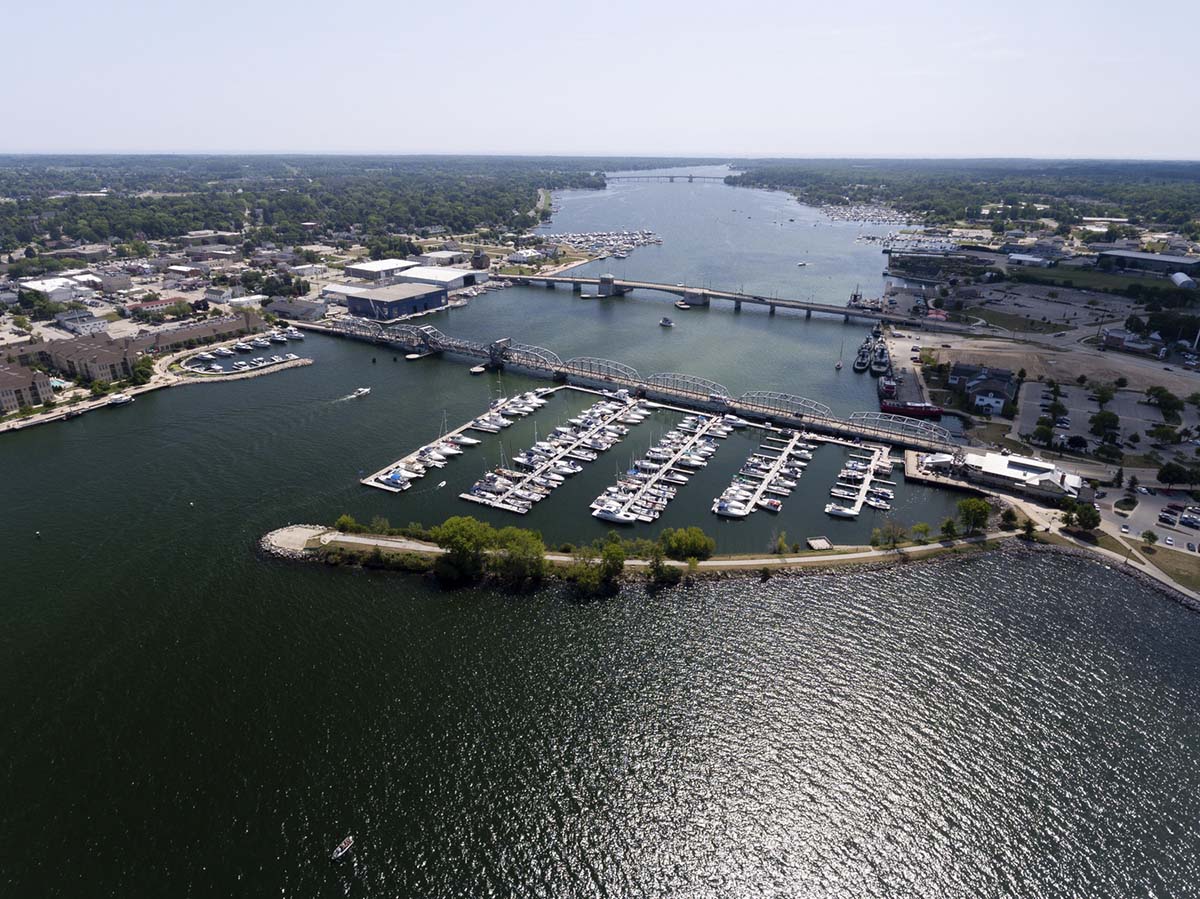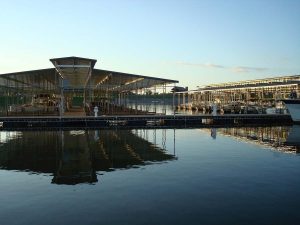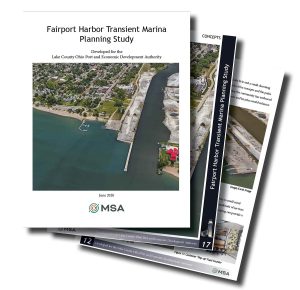
Understanding the Marina Permitting Acquisition Process
Published on August 23, 2022It’s no surprise that when marina owners and operators are planning for a new or modified marina they will need to interact with a variety of local and state regulatory agencies. Yet, many are caught off guard by the sheer magnitude of time, documentation, and coordination of permits and approvals needed to move a project forward. Important keys to success include involving agencies early in the planning process, preparing background information appropriate to the type of work proposed, consistent communication, and understanding the permitting timeline. All of these activities will help marina projects stay on schedule and resolve any red flags before they become red flares.
Required Agencies
At the federal level, the U.S. Army Corps of Engineers (USACE) is the de facto regulatory organization responsible for marina projects. USACE is ultimately responsible for protecting and regulating construction associated with the waters of the United States. Anyone who is planning to build, excavate or place fill in any U.S. waters, including wetlands, must first obtain a permit from the USACE; it is unlawful to begin any work before doing so.
The primary permits needed through the USACE include Section 404 of the Clean Waters Act and Section 10 of the Rivers and Harbors Act of 1899. Section 404 regulates dredging or fill in navigable waters of the U.S. (pretty much everything wet), and Section 10 requires authorization from the Secretary of the Army, acting through the USACE, for the construction of any structure in or over any navigable water of the United States.
Depending on the location and scope of the project, applicants may be required to complete investigations into the environmental impact of the proposed work. Items that may be required include:
Historic artifact review
Endangered species assessment
Environmental pollutant review
Navigation impact review
Stormwater design impacts
Flood impacts
All marina consultants, designers, and engineers develop their designs to meet USACE standards and regulations — which serve as the final, decisive rule against which to measure any marina project plans.

Within each state directly, the most common agency to coordinate with is the Department of Natural Resources or Environmental Quality. DNR/DEQs control the state permitting process and work in close concert with the federal Army Corps for final review and approval of project plans. Generally speaking, if a state regulatory agency approves of a project design, the USACE likely will as well — although this is not always guaranteed. In some states, the USACE takes the lead. Because the overarching goal of the state DNR/DEQ is to conserve, manage, and protect our natural resources, these entities should — and can — be quite rigorous in their review of marina or waterfront plans.
Locally, depending upon the scope of the project, marinas should expect to comply with the zoning ordinances, building codes, and utility standards of their own municipality. Local soil conservation districts may also need to be included for approval of large site grading or sediment control plans. And fire departments also need to be involved for the approval of fire suppression plans, which every marina is required to have. Often, these plans must first be approved by the local fire chief before advancing to the state level, a process that can take time to achieve. Early initiation of these permits will be immensely helpful in moving the project forward on the desired timeline.
There are a handful of other local, state, and federal agencies that may also need to be involved, depending upon the complexity, location and features of the marina or waterfront project. Some might include the U.S. Fish and Wildlife Service, Board of Public Works, Department of Health, Environmental Protection Agency, U.S. Coast Guard or FEMA.
When to Begin the Permitting Process
Marinas should begin making inroads with permitting agencies once the concept design is complete. They will need to know the size of the project, features to be included, and broad-brush impacts to the water body. It pays to introduce the regulators to the concept of the project and gain their input on possible obstacles. Scheduling an early pre-application meeting will help the marina representative understand the required investigations and documentation to be supplied with the applications.
Some marina owners make the mistake of waiting until they have a fully detailed and comprehensive project plan before engaging with the requisite offices of approval. This is not necessary, nor is it advised. Waiting too long can be detrimental to the construction timeline and getting boats back in the water.

The permitting process begins with reviewing the online information at the state level. Most states will have websites for this type of permitting and contact information for the individual regulators that oversee each district.
Marina owners would do well to build a relationship with this person, engaging with them as soon as a project idea springs to life and keeping them informed on project progress, changes, needs, and challenges as they arise. Building rapport with the agency representative can mean gaining a critical ally in generating cross-agency buy-in and seeing a project achieve permitting. The more these individuals know about a marina’s plans, the better they can help identify and resolve red flags — or offer suggestions to modify the design for approval without losing momentum. It also helps to clearly vocalize the desired project schedule so the agency representative can help move processing time along in order to meet the ultimate goal: docks in the water, boats in slips, happy clients, and happy marina owners.
At the local level, marinas should get an early start to assure their designs adhere to building and utility codes. Strictly following electrical code, for example, is critical to every marina’s safe operation. Power demands, loads, transformers, pedestals, and voltages all need to be designed and stamped by a licensed electrical engineer. Neglecting even one small component of this can be perilous, as electrical shock from stray high voltage in water remains the number one cause of death at marinas nationwide.
Acquiring the right permits for a marina project involves a complex web of agencies, offices, levels of approval, application submittals and processing time. And a set of drawings doesn’t just go to one individual. It runs through a long conveyor belt of reviews and approvals before receiving that final stamp. Marina owners may be surprised by the amount of time it actually takes to get the job done. This is where a hiring a consultant and perhaps even a funding expert can be immensely helpful in navigating the right channels of paperwork and people to get a project funded and fulfilled.
Process Time Frame
A 90-120-day turnaround from permit submission to permit approval is achievable for most marina projects. Larger, more complex projects are likely to extend 6-18 months or beyond, as they also require public review time. The process also varies from state to state and district to district. Marinas taking a last-minute approach to project permitting could find themselves facing a lengthy — and increasingly expensive — wait time.
The moral of the story is to begin early and be proactive in setting the permitting machine into action. Every ounce of pre-planning and communication can make a substantial difference in building a buffer around the desired project timeline and saving marina owners and operators time, money, and headache. Each day of planning equates to another beautiful day on the water. And that is what is worth the effort.
Dan Williams, PLA, ASLA, AHLP is senior landscape architect at MSA. He can be reached at dwilliams@msa-ps.com.
| Categories | |
| Tags |





